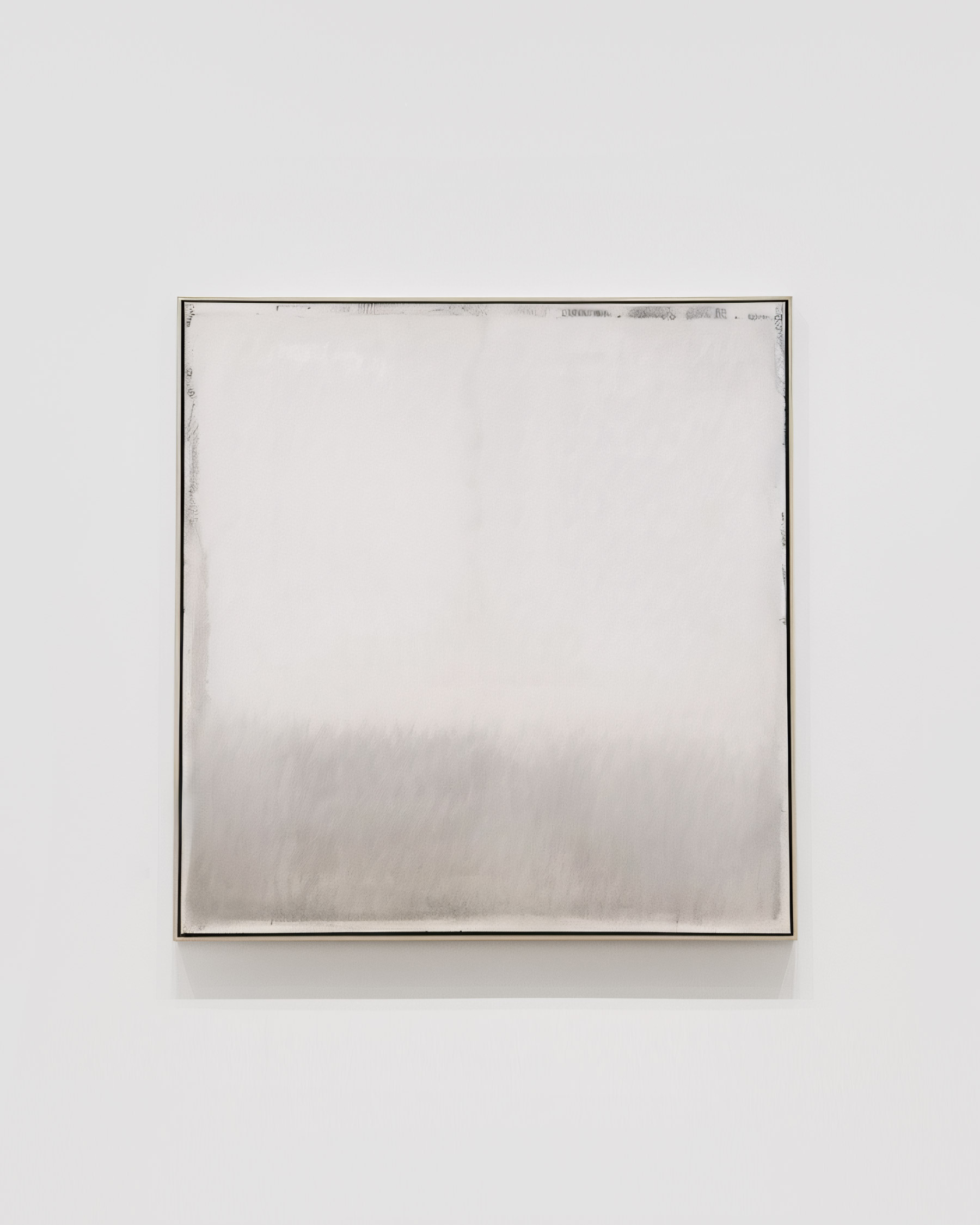What happens in our brain when we look at art is an incredibly fascinating topic. In an interesting study, scientists have discovered the links between the empathic ability of individuals and their aesthetic experience when looking at art. The researchers wanted to find out whether this emotional empathy leads people to experience art (both representational and abstract) more intensely and evaluate them more positively.
The participants of the study1 from 2017 initially had to complete a questionnaire that measured the extent of their ’emotional contagion’ – that is, the inclination to adopt the feelings of others – and how it influences their experience and evaluation of art. Emotional contagion is typically associated with empathy, which is the ability to put oneself in someone else’s shoes. The participants then looked at various artworks. They rated them in terms of different aesthetic aspects, such as how much they liked them and how emotionally moving they found them. The scientists also measured their physical reactions to check their emotional involvement.
The results indicated that participants with stronger emotional contagiousness rated the art they saw as more emotionally moving. They also found them more interesting. This was measurable both on a physiological level and in the subjective evaluations of the participants.
We showed that emotional contagion, as a factor of empathic processes between humans, also affects aesthetic experiences.
Excerpt from the study1


Interestingly, this was particularly evident in the case of figurative art. The influence of empathy was also recognizable in abstract art, but to a lesser extent. This is a fascinating result, as a 2007 study by Petra G. Lengger and her team2 found that although the participants in the study preferred abstract and figurative paintings equally, the abstract works evoked more positive emotions in them. The abstract artworks were less “interesting”, less comprehensible and evoked fewer associations – and yet, they were more emotionally appealing. What initially sounds contradictory reveals the multi-layered nature of individual art perception on closer inspection.
It indicates that our reactions to various art styles are not governed by a single emotional or cognitive response. Instead, they are influenced by an interplay of very different factors. Figurative art might lead to stronger empathic connections due to its more direct representation and recognizability. Abstract art, on the other hand, appeals to a different, more subtle side of our emotional and aesthetic evaluation, possibly because it allows more personal interpretation. There is not necessarily an attempt to “understand” what we see or to “translate” it into a familiar form. Rather, the emotional impact is direct and immediate, like an intuitive experience that is guided less by reason and more by feeling.
The results of the above-mentioned study therefore suggest that our capacity for emotional contagion plays a fundamental role in how we experience and evaluate art. The engagement with art is therefore far more than just a one-sided perception! It is a complex interplay of psychological processes, cognitive mechanisms and individual experiences that are influenced by cultural, social and personal experiences. Incredibly interesting!
Further reading
- https://www.researchgate.net/publication/314504129_Empathy_Einfuhlung_and_aesthetic_experience_The_effect_of_emotion_contagion_on_appreciation_of_representational_and_abstract_art_using_fEMG_and_SCR
- https://www.sciencedirect.com/science/article/abs/pii/S0006899307010578?via%3Dihub
Original Publication
Gerger, Pelowski, Leder; Empathy, Einfühlung, and aesthetic experience: The effect of emotion contagion on appreciation of representational and abstract art using fEMG and SCR, March 2017, Cognitive Processing 19(3), DOI:10.1007/s10339-017-0800-2


